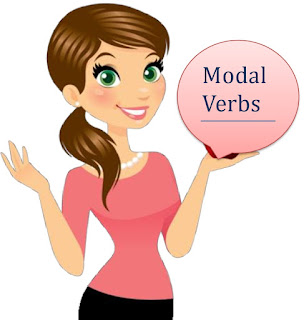Lesson Plan of Food and Health General Science Grade 1V
Lesson Plan of Food and Health
General Science Grade 1V
Students’ Learning Outcomes
Differentiate
between balanced and unbalanced diet.
● suggest
a balanced meal from the given list of food and give reasons to explain why each
food was chosen.
● Explain
the effects of unbalanced diet on health.
Information for Teachers
● Diet
which contains all the groups of food (carbohydrates, protein, fast and
minerals) in right proportions i.e. according to the needs of body is balanced
diet.
● A
balanced diet provides us the required energy, keeps us healthy and helps us in
growth and repair.
● Diet
which does not contain any of the groups of food in right proportion is called unbalanced
diet. An unbalanced diet can cause problems with maintenance of body tissues
(bones and muscles) brain functions and growth.
● If
there is not enough proteins, growth will be affected and the body will not be
able to repair itself, wound will not heal properly.
Duration: 40 minutes
Material
/ Resources:

Picture /
chart of balanced diet

Worm up Activity
● Ask the
students to think about what they ate last night for dinner. Have a class
discussion about the food categories represented in their meals. Discuss what
made the meals nutrition.
● Ask
the students to explain why some people are concerned about the amount of fatty
and sugary foods and drinks that some students eat. Inform them that eating too
many fatty foods can lead to heart diseases in their life. Taking too much
sugary foods like cakes, biscuits, sweets, chocolate and soft drinks can lead
to dental caries.
Development
Activity 1
1.
Ask the students
to see the picture of balanced diet from the book.
2.
Discuss this
picture (from the book) with the students.
3.
Refer them to the
food pyramid and ask why is this shaped like a pyramid? What does it shoe? (it
shows us relative quantities of foods that we need eat)
4.
which food should
we eat less? (fatty foods) which foods should we eat the most? (carbohydrates
and proteins)
5.
Ask students to
compare the proportions of different food categories given the picture in text
book.
● Tells
the students that a balanced amount of all food groups in our diet is very
essential for our healthy life and growth.
● Diet
which contains all the groups of food (carbohydrates, protein, fats and
minerals) in right proportions i.e. according to the needs of the body is
balanced diet.
Activity 2
● Draw
this table on board.
● Discuss
with students that the mentioned amounts of different food should be present in
our daily diet.
● Ask
students to work in groups and provide of each food category
Food categories
|
examples
|
Adult man
|
Adult woman
|
9-13years
|
Girls
9-13years
|
Vegetables and fruits
|
5 cups (about 400 grams)
|
3 cups (about 250 grams)
|
3 cups (about 250 grams)
|
3 cups (about 250 grams)
|
|
Cereals
(grains)
|
2 cups
|
1 cup
|
1 cup
|
1/2 cup
|
|
Meats and Beans
|
2cups
|
1 cup
|
1cup
|
1cup
|
|
Milk
|
3 cups
|
3 cups
|
3 cups
|
3 cups
|
|
Fats and Oils
|
1/2 cup
|
1/2 cup
|
1/2 cup
|
1/2 cup
|
Sum up / Conclusion
● Recap the importance of balanced diet with the help of
picture / chart (from book).
● The
learning of balanced diet will lead to the lesson of the basic principles of
hygiene.
Assessment
Activity
● Ask the
students to draw a circle on paper. They should write the name of food items in
the circle. Each student's diagram represent a balanced diet.
● Observe
the balanced diet circle developed by students to assess their understanding.
● Teacher
is also required to involve the students in solving the problems given in the
exercise at the end of unit.
Follow up
● Ask the
students to plan a menu for an entire day. They should choose a variety of
foods and include the recommended number of serving from each food group for
breakfast, lunch and dinner. For each meal, they will draw the foods (and /or
use magazine pictures) and indicate the food groups represented.
● Ask
the students to explain whether the day's menu is nutritionally balanced.
Food categories
|
Breakfast
|
Lunch
|
Dinner
|
Total
|
Bread, cereal, Rice
|
||||
Vegetables
|
||||
Fruits
|
||||
Meat, Poultry, Fish, Eggs
and Nuts
|
||||
Milk, Yogurt and Cheese
|
||||
Fats, Oil and Sweets
|







Very Informative and useful, Keep it up the great job. You may visit this website as well to learn more about balance diet food.
ReplyDeleteIt is really nice and wonderful blog thanks for sharing us. health write for us
ReplyDeletebro u r amazing
ReplyDelete